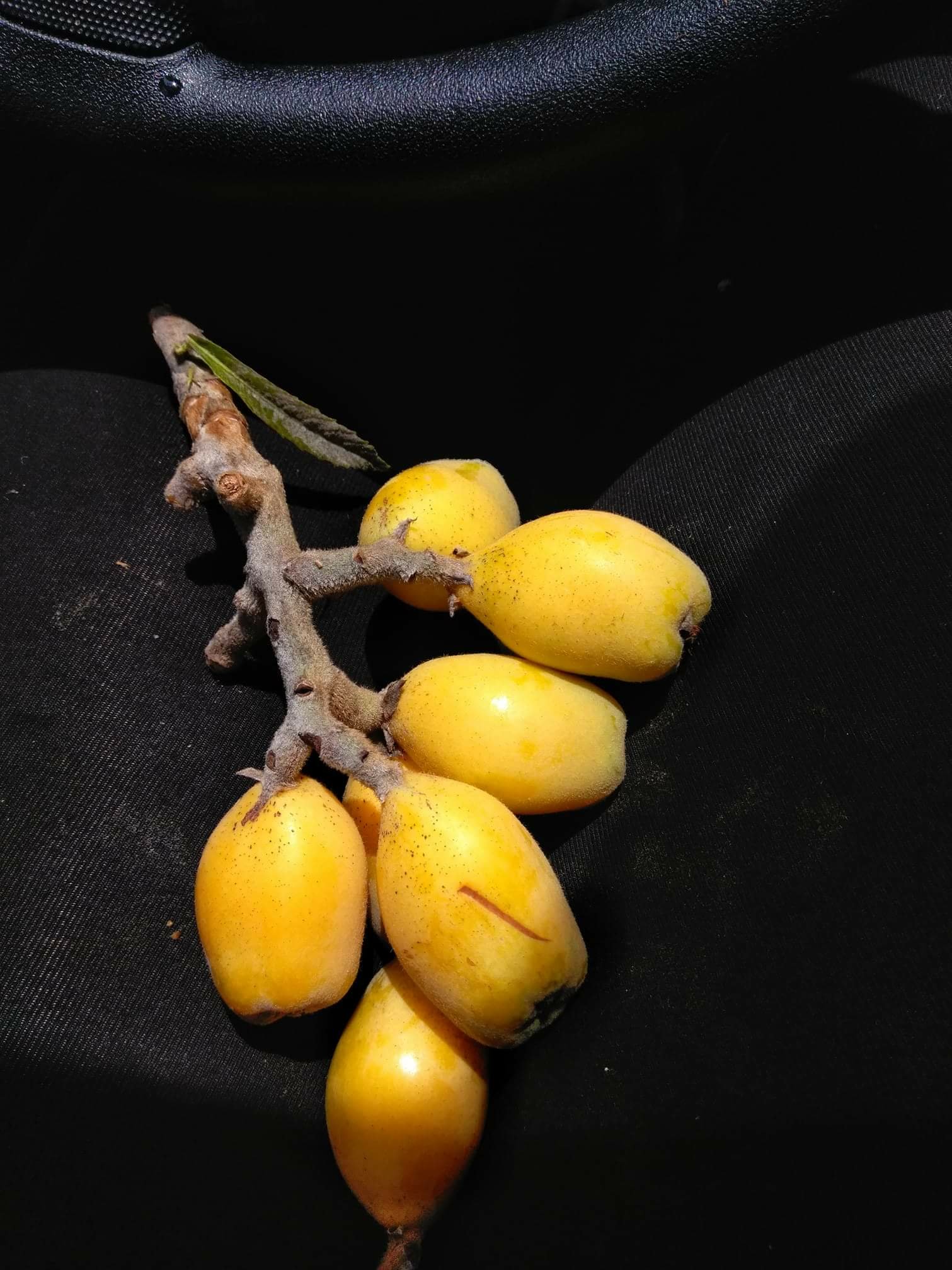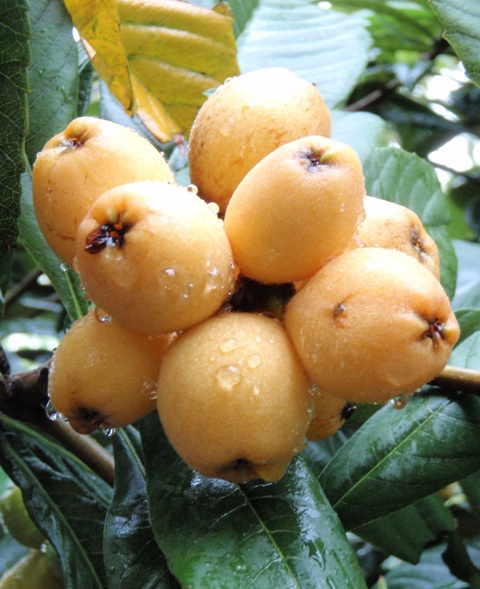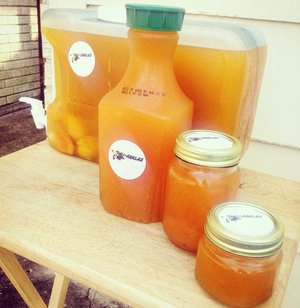“The Sweet Mystery of Misbelief Fruit: A Guide to NOLA’ Tasty Treasure” is a fascinating look into one of the city’s most beloved and cherished culinary traditions. From its unusual blooming patterns to its tangy and sweet flavor, Misbelief fruit is a true mystery in the fruit world. In this guide, we will explore this delicious treat’s history, cultural significance, and versatility and discover why it holds such a special place in the hearts of those who call New Orleans home. So join us on a journey to uncover the sweet mystery of Misbelief fruit and taste the unique flavor that has made it a staple in New Orleans’ cuisine for generations.
As a proud NOLA native, I deeply love my city’s culture and traditions, including the sweet, juicy, misbelief trees that line the streets. Growing up, I fondly remember sneaking into yards to pick the ripe fruit from the branches, dodging dogs, and jumping over fences to get to the juiciest clusters. The misbelief fruit has always been a staple in my family’s kitchen, used in everything from jams and jellies to pies and smoothies. To this day, the sweet and tangy flavor of the misbelief fruit brings me back to my childhood and the streets of my beloved city. I feel a deep sense of pride in preserving this culinary tradition and sharing it with others, and I hope to pass on my love for the misbelief fruit to future generations.

It breaks my heart to see so many of these trees being neglected and left to rot, with their fruit going to waste. The destruction of urban agriculture and the loss of these natural resources reflects a larger issue: people have become disconnected from the land and don’t see the value in preserving it.
These little fruit trees grow all over the city. We have one in the backyard, and the fruit is delicious, like a sweet apricot with a bit of kiwi or banana mixed in. Loquats are often called “misbeliefs” by local children. And the reason that I have found that makes the most sense is that Italian immigrants, who may have brought these trees to New Orleans, called them Mespila or Nespolo, the common name in Italy. Which somehow was changed to Misbelief over time.
A fruit with many names
My Dad whose parents spoke New Orleans Creole French said the Loquat tree was known as the Mispolese tree. People who did not know Old Creole French thought they were saying Misbelief tree. An Italian man told me they call it a very similar name in Italy, the Nespole tree. They usually bloom around Easter in the early spring. -Deanna Marie
I’ve heard them being called Chinese plum, Japanese plum, loquat, and japonica… but did you know that only people in New Orleans (and maybe only people of a particular generation in New Orleans) call them Misbeliefs?
Some say that Italian immigrants actually brought these trees to New Orleans. They called them “Mespilus” or “Nespolo,” the common name in Italy. A Google search for these two names shows a very similar and related fruit, but not quite the same as a Misbelief. The flowers do not look the same to me. But what sounds right to me is a New Orleanian mispronunciation of a word in another language. What sounds right is for care, detail, and history to forget something so unique that freely produces beauty and bittersweetness in its season, or maybe it’s just a loquat. The name is a testament to the enduring spirit of New Orleans and its residents.

What’s your Misbelief story?
You’ve probably seen them. They seldom grow in your own yard but haphazardly with wild branches from the yard of the shotgun house right next to your grandma’s. It bled onto her property because nobody actually planted the tree or cared for it, but it served its purpose. During the Misbelief Season, I plan to hit different streets on my NOLA walks and go around my old school areas. I know I will find a few trees around there.
We must educate people on this Nola Grown Sweet Treat and continue to pass down the tradition of grabbing a few branches to snack on. The issue with neighborhoods in New Orleans now is losing the village mentality. Our children can not directly go into a neighbor’s yard to pick fruit off their tree without risking their lives. Back in the day, the worst consequence was being greeted by a dog. Or being yelled at for jumping a fence to get in someone’s yard. This only happened if you forgot to close their gate or spat seeds on the ground. This is a sad reality, but I believe we can work together to educate people about the value of these fruit trees and encourage them to pick and enjoy them.
That’s why I have come up with the idea of hosting events like a “Kid’s Pick a Treat Party” or a picking contest. These events are fun to get the community involved and educate people about this sweet treat. By giving away or selling the fruit at the farmer’s market, I hope to promote sustainable practices and support the local economy.

All about Misbelief’s
Misbelief fruit, also known as loquats or Chinese plums, is a delicious and unique fruit that is native to Southeast Asia but is widely grown in warm temperate regions around the world, including New Orleans.
These fruit trees are known for their unusual blooming patterns, with flowers appearing in the autumn or early winter and the fruits ripening from early spring to early summer. The fruit is oval or pear-shaped, with smooth or downy yellow or orange skin and juicy, tangy flesh ranging from sweet to subacid or acidic, depending on the cultivar.
Each fruit contains a variable number of seeds, with one to four being the most common, and the flavor is a mixture of peach, citrus, and mild mango. Misbelief fruit is at its sweetest when it is soft and orange and is a tasty and refreshing addition to any fruit platter or snack.
In New Orleans, Misbelief fruit is a beloved and cherished part of the city’s culinary culture and is enjoyed by residents of all ages. Whether it’s enjoyed fresh off the tree or used in recipes like pies and jams, Misbelief fruit is a sweet and delicious treat that will surely be a hit with anyone who tries it.
A Few facts about Misbelief Fruit
- Nutritional Value: Misbelief fruit is not only delicious but it is also packed with essential vitamins and minerals. It is a good source of vitamin C, which helps boost the immune system and contains potassium, fiber, and antioxidants, which are all beneficial for overall health.
- Versatility: Misbelief fruit can be used in a variety of dishes, from sweet to savory. It can be added to fruit salads, baked into pies and tarts, or used as a topping for yogurt or ice cream. It can also be used in savory dishes, such as stir-fries or sauces, to add a touch of sweetness and tanginess.
- Cultural Significance: In New Orleans, the Misbelief fruit is special in the city’s culture and heritage. It is a beloved and cherished part of the city’s cuisine and is often passed down from generation to generation.
- Easy to Grow: Misbelief fruit trees are relatively easy to grow and are well-suited to warm temperate climates. They are hardy, can thrive in various soils, and do not require much maintenance or special care.
- Harvesting: Harvesting Misbelief fruit is easy and can be done by simply plucking the fruit from the branches. To ensure the best flavor, it is best to wait until the fruit is fully ripe and soft to the touch.
In conclusion, Misbelief fruit is a delicious, versatile, and nutritionally-rich fruit that is an important part of New Orleans’ cultural heritage. Whether enjoyed fresh or used in a variety of dishes, Misbelief fruit is sure to delight anyone who tries it.
If you have a Misbelief (Loquat/ChinesePlum) tree in your yard, please pick the fruit and visit DC Paul and Froot Nola websites for a Misbelief Fruit recipe!
Here is a simple recipe for Misbelief Fruit Juice:
Ingredients:
- 4-5 ripe Misbelief fruits, peeled and seeded
- 1 cup of water
- 2 tablespoons of sugar (or more to taste)
- 1 lemon, juiced
Instructions:
- Wash and peel the Misbelief fruits, removing the seeds.
- In a blender, blend the Misbelief fruits, water, sugar, and lemon juice until smooth.
- Strain the mixture through a fine-mesh strainer to remove any remaining seeds or pulp.
- Taste and adjust the sugar as desired.
- Pour the juice into a glass and enjoy immediately.
This delicious and refreshing juice is a great way to enjoy the sweet and tangy flavor of Misbelief fruit. You can adjust the sweetness to your liking by adding more or less sugar, and you can also add a splash of sparkling water or soda for a fizzy twist. So whether you’re looking for a quick and easy snack or a refreshing drink, this Misbelief Fruit Juice will surely hit the spot!

DC Paul is also known for his New Orleans liquor-infused Misbelief punch, and it’s so good.
I am committed to preserving my city’s unique and vibrant culture, and I believe that the Misbelief fruit is an important part of this legacy. Whether it’s planting a tree in a pot or advocating for policies that support urban agriculture, I am committed to doing my part in preserving the unique and vibrant culture of New Orleans for generations to come. Therefore, I will continue to spread the word and share my love for this Nola-grown sweet treat, and I hope that others will join me in promoting and celebrating this delicious and cultural icon.
Source: DC Paul https://themisbelief.podbean.com/ , https://en.m.wikipedia.org/wiki/Loquat

I am so very proud of you my beautiful sister. Every time I read your words I am at awe… oh my I know this beautiful soul. I have seen her tears heard her fears and still I am amazed by your beautiful expression of life. Love you -Dat Girl
LikeLike